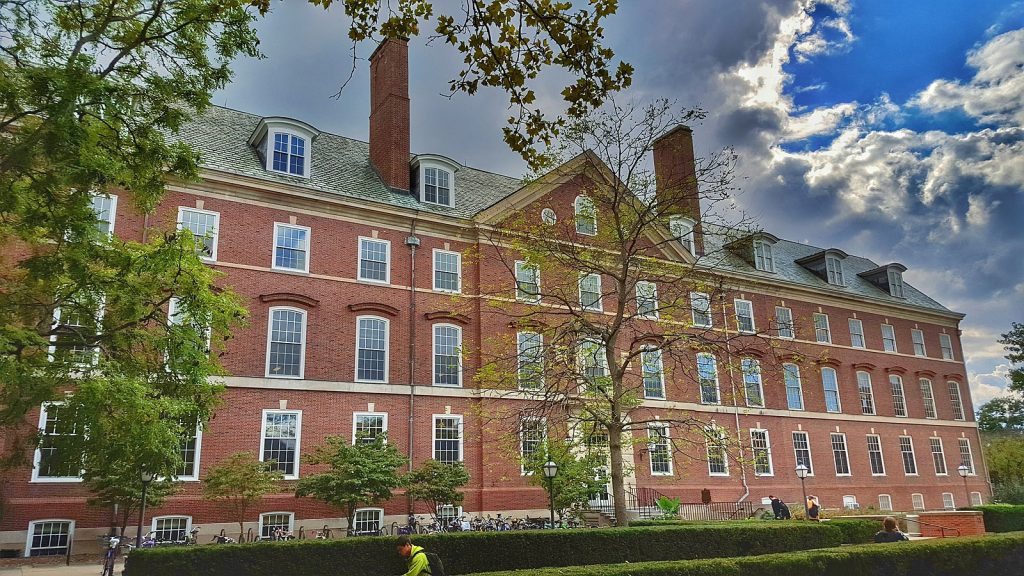
The University of Illinois at Urbana-Champaign earned a reputation for having a remarkably effective COVID-19 mitigation plan. Its experience is one that other colleges should pay attention to.
As mentioned in a previous Martin Center article, the success of the university’s COVID-19 plan was applauded for strategically reopening in fall 2020. Urbana-Champaign kept case counts low and never ordered a lockdown like many other campuses.
The school created an app called “safer Illinois” that tracks test results (students, faculty, and staff must be tested at least once a week).
Without the keys on the app that confirm a negative COVID-19 test, students, faculty, and staff cannot access campus buildings. Robin Kaler, associate chancellor for public affairs, told the Martin Center that the university works with local governments, public health officials, and businesses to keep case counts low. This collaboration is the key to their success on campus.
Planning ahead also helped. Before the pandemic, the university already had worked with the city, hospitals, and public health districts on emergency responses to a disaster. “A collaboration between institutions is key to having an all-around safe environment full of awareness,” Kaler said.
The university plan includes a saliva testing program called “SHIELD T-3,” which Kaler noted can be used anywhere and encouraged other universities to copy from Urbana-Champaign. The SHIELD tests cost $20-$30, whereas standard nasal swab tests are $100 or more. The tests are saliva-based, which makes them non-invasive and don’t require medical personnel to collect the samples.
The program has been so successful at testing people on campus that a local news bureau Champaign County “accounts for about 0.5% of all national testing.”
The testing program also has teeth: Students who don’t get tested are disciplined. The university dismissed a few dozen students for refusing to get tested, Kaler said, out of a student population of about 40,000.
The closest the university came to a COVID-19 scare was on August 1. Cases spiked and campus officials asked students to “chill out” on campus for two weeks, Kaler said. Classes were not canceled; instead, students were asked to stay at home and keep socialization to a minimum to limit the spread.
After two weeks, Kaler said rates were “down tremendously.”
Bringing students back on campus is possible. Urbana-Champaign has shown the way. But campus leaders need to work with city officials and get student support for their COVID-19 policies. As vaccines become more available, monitoring COVID-19 on campus will, with any luck, soon be a thing of the past.
Megan Zogby is a Martin Center intern.
